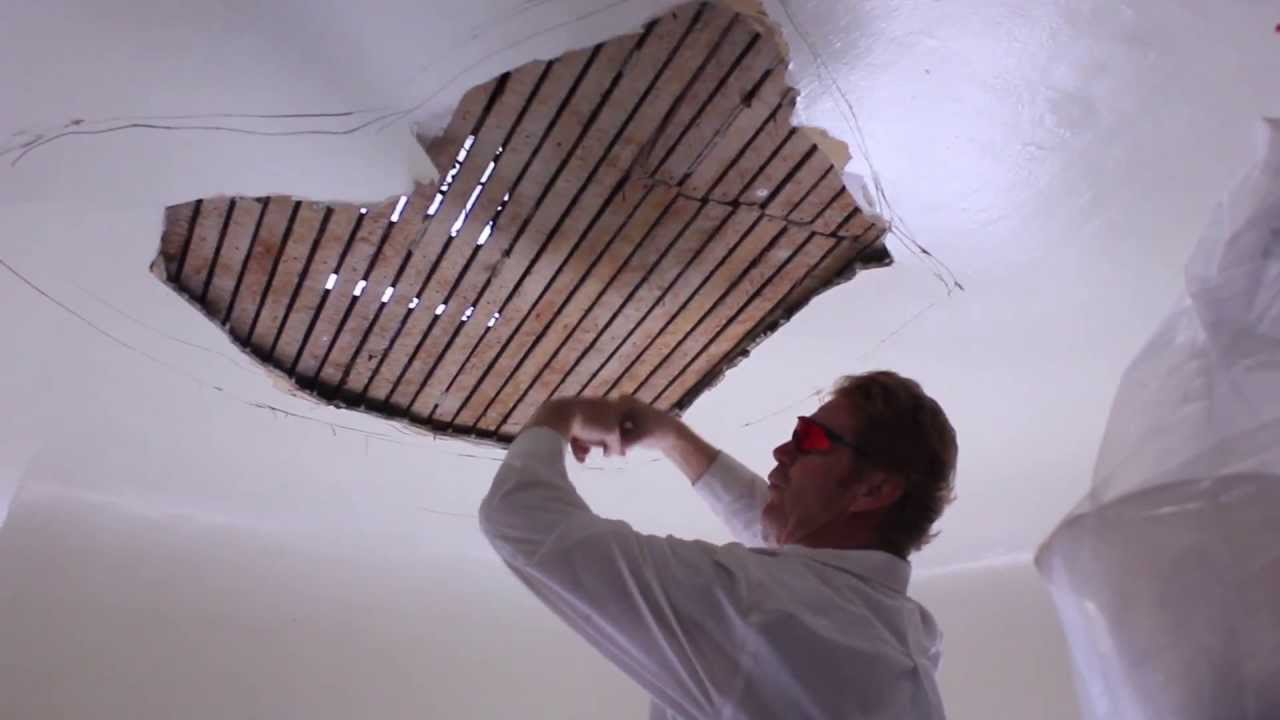Plaster ceilings are a timeless feature in many homes, adding an air of elegance and charm to the interior. However, like any other architectural element, plaster ceilings can experience various issues over time, especially in regions like Wolverhampton and Norfolk, where weather conditions and historical properties play a significant role in their maintenance and repair. In this comprehensive guide, we will delve into the common plaster ceiling repair issues faced by homeowners in these areas, explore the root causes, and provide practical solutions for addressing them.
Introduction
Wolverhampton and Norfolk are known for their rich history and stunning architecture. Many homes in these regions boast beautiful plaster ceilings that have stood the test of time. However, even the most well-maintained plaster ceilings can develop issues. These issues can range from minor cosmetic imperfections to structural problems that require immediate attention.
Understanding the causes of these problems and knowing how to address them is crucial for homeowners in Wolverhampton and Norfolk. Let's dive into the most common plaster ceiling issues and explore effective solutions.
Common Plaster Ceiling Issues
1. Cracks and Fractures
Causes: Cracks and fractures are perhaps the most common issues with plaster ceilings. They can occur due to natural settling of the building, temperature fluctuations, or even vibrations from nearby construction.
Solutions: For minor cracks, you can fill them with plaster patching compound and sand them smooth once they're dry. Larger cracks may require the expertise of a professional plasterer to assess the structural integrity of the ceiling and perform necessary repairs.
2. Water Damage
Causes: Water damage can result from leaks in the roof, plumbing issues, or condensation buildup. In regions like Norfolk, where rain is frequent, this issue is particularly prevalent.
Solutions: Address the source of the water damage first. Fix any leaks and ensure proper ventilation in humid areas. For damaged plaster, it may be necessary to remove and replace the affected sections. Always consult a professional for extensive water damage.
3. Sagging or Bulging
Causes: Plaster ceilings can sag or bulge due to the weakening of the supporting laths or inadequate plaster application during construction.
Solutions: To rectify sagging or bulging, the plaster may need to be carefully removed and reapplied using proper techniques. Reinforcing the laths or installing additional support may also be necessary.
4. Staining and Discoloration
Causes: Staining and discoloration can result from various factors, including water damage, smoke, or even long-term exposure to sunlight.
Solutions: Address the underlying cause of the staining. Once the cause is resolved, you can often repaint or refinish the plaster to restore its original appearance.
5. Peeling or Flaking
Causes: Peeling or flaking occurs when the bond between the plaster and the underlying surface weakens. This can happen over time due to aging or poor initial application.
Solutions: Remove loose or peeling plaster, apply an adhesive primer, and carefully reapply a new layer of plaster. For extensive damage, consult a professional to ensure a lasting solution.
Preventative Measures
Preventing plaster ceiling issues is always preferable to repairs. Here are some preventative measures homeowners in Wolverhampton and Norfolk can take:
Regular Inspections: Conduct routine inspections to catch issues early. Look for cracks, water stains, or any signs of sagging.
Proper Ventilation: Ensure proper ventilation in bathrooms, kitchens, and other areas prone to moisture buildup.
Roof Maintenance: Keep your roof in good condition to prevent leaks. Replace damaged tiles or shingles promptly.
Humidity Control: Use dehumidifiers in areas with high humidity levels to prevent mold and mildew growth.
Professional Maintenance: Periodically hire a professional plasterer to assess the condition of your plaster ceilings and perform any necessary maintenance.
Conclusion
Plaster ceilings in Wolverhampton and Norfolk are not only aesthetically pleasing but also an integral part of historical and modern homes alike. While common issues may arise, understanding their causes and having a plan for addressing them can ensure that your plaster ceilings stand the test of time.
Regular maintenance, preventative measures, and timely repairs are key to preserving the beauty and structural integrity of your plaster ceilings. When in doubt, consult a professional plasterer who has experience working with the unique challenges presented by the climates and historical properties of Wolverhampton and Norfolk. By doing so, you can enjoy your exquisite plaster ceilings for generations to come.


Comments
Post a Comment